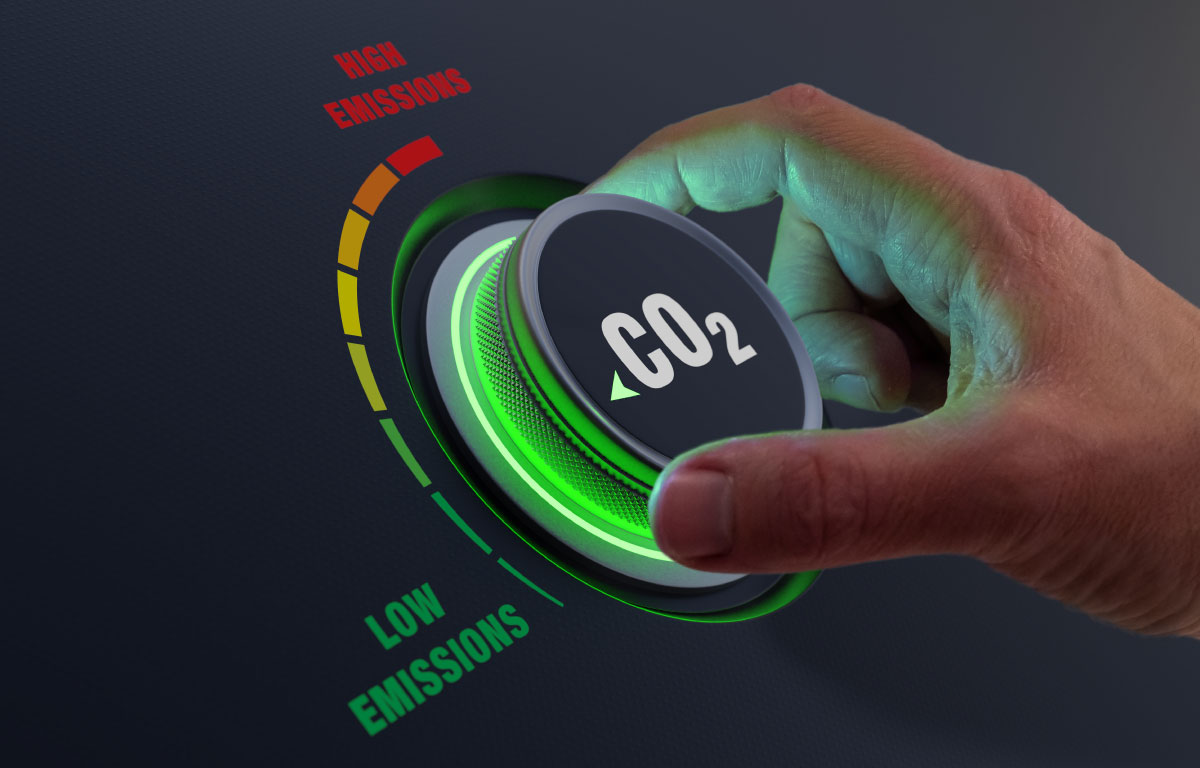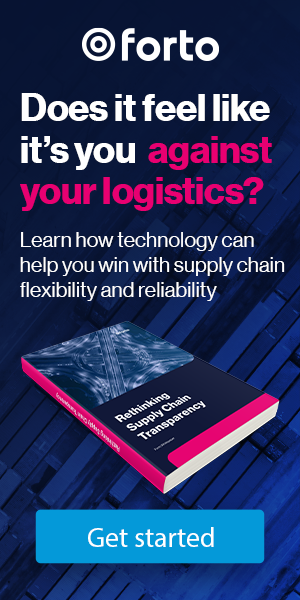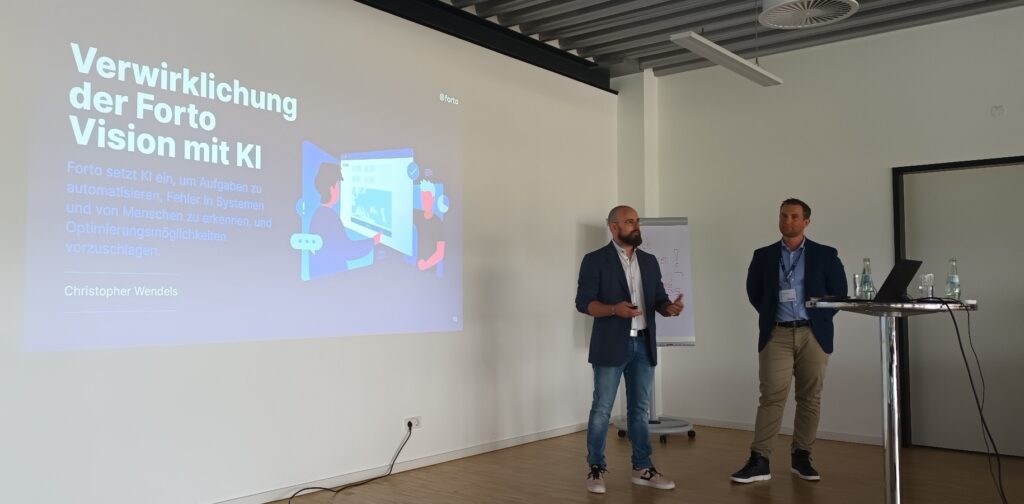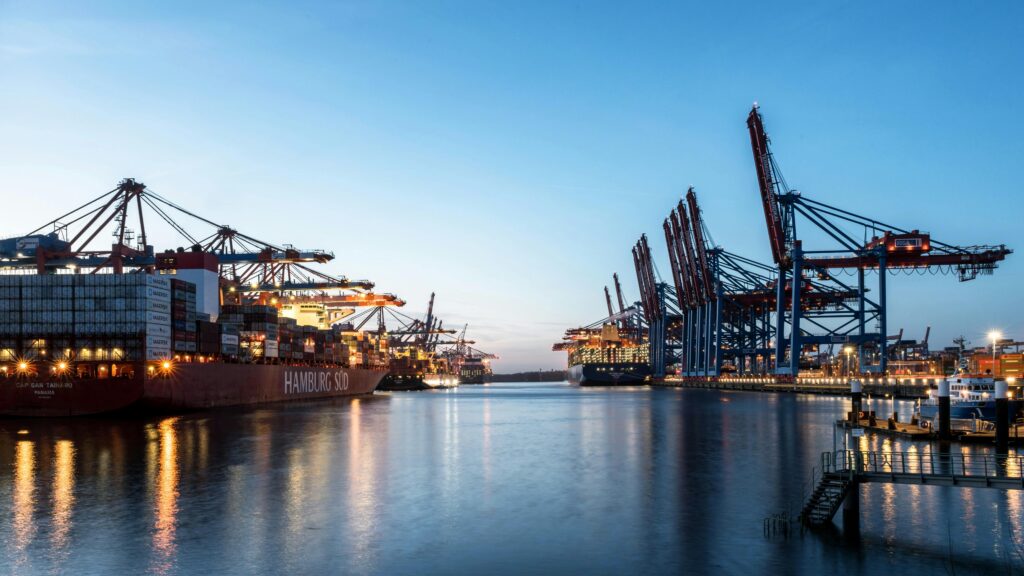Offsetting projects reduce, avoid or capture greenhouse gases in the atmosphere. Their impact is quantified and projects can sell carbon credits to companies that choose to compensate for their emissions. Since COP26 in November 2021 the demand for voluntary carbon credits has seen an unprecedented increase. The rising demand for carbon credits is not a new development. However, COP26 has strongly catalyzed long needed climate action at a global level. Many companies are acting and compensating for their company carbon footprint – a growing awareness that we at Forto can also observe within our customer base. In 2021, 62% of our customers chose to include offsetting in their shipments to take climate action. This blog article provides insights into why carbon offsetting is an increasingly popular way for companies to take climate action and what other developments are being fueled by it.
Supply and Demand in the Carbon Offset Market
The momentum behind the increasing demand and a constrained supply of carbon credits inevitably lead to another development: the climbing price of CO2 offsets. According to the trend which can be observed on the voluntary offsetting market, the current price increase is expected to continue throughout 2022 and onwards on a larger scale. The Taskforce on Scaling Voluntary Carbon Markets (TSVCM), sponsored by the Institute of International Finance (IIF), thus estimates that demand for carbon credits could increase by a factor of 15 or more by 2030 and by a factor of 100 by 2050. But, if the demand is rising, why is the supply stagnating? Even though the demand is rising, the supply of carbon credits cannot keep up. The main reason for the slow increase in supply is the long lead time of offsetting projects. Before a project can issue carbon credits, the methodology must be developed, the project must be implemented, and finally the project must be verified by a third party, e.g. Verra or Gold Standard. Depending on the project, it takes three to five years for it to be established before the first carbon credits can be sold. Due to these constraints, the supply cannot grow as fast as the demand currently does. As a result, we now experience an increase in carbon offset prices like never before.
Way to a Net Zero carbon industry
For now, carbon offsetting remains the most effective way to dampen the environmental impact of transportation activities. Logistics is a hard-to-abate industry, i.e. reducing emissions effectively will require the use of technologies that are not yet mature. Hence, with the current technology available in logistics, offsetting is the best solution to create an immediate positive impact on the climate. Looking at sea freight for instance, cargo vessels have a lifespan of 20-30 years. Therefore, it will take years until container ships that are fueled with Net Zero fuels are available at greater scale to effectively reduce CO2 emissions.
Taking a holistic view, the demand and price increase for carbon offsetting manifests a positive signal. More investments in climate action boost the development of climate action projects and of technologies to reach Net Zero Greenhouse Gas Emissions. The increasing demand on the voluntary offsetting credits market also reflects that more companies now take climate action and seek to create an impact. In the past, offsetting credits were often undervalued as the supply exceeded the demand. Now, projects receive more funding which can be re-invested in further measures to mitigate climate change.
What about alternatives to offsetting?
Undoubtedly, reducing and avoiding emissions at the source is necessary to truly address climate change long-term. At Forto, we are currently exploring decarbonization options through operative supply chain emission optimizations as well as alternative fuels – specifically biofuels for sea freight and sustainable aviation fuel for air freight. In the meantime, carbon offsetting is a viable option to take climate action in the logistics industry and assume responsibility, until more sustainable alternatives become available at scale.
Offsetting offers a number of benefits
The essential advantage of offsetting is that climate action projects evidently reduce, avoid or capture greenhouse gases in the atmosphere. This impact has to be quantified and tracked by independent third parties and only after the verification, the carbon credits may be issued and sold on the market.
Offsetting projects are not only beneficial in the context of carbon emissions, but they also contribute to social and economic development. Certified offsetting projects work towards the UN’s Sustainable Development Goals (SDGs). These 17 goals tackle a broad range of issues, e.g. the fight against poverty and hunger, improving education or the expansion of clean and affordable energy.
With our offsetting product we support various projects, current examples are REDD+ rainforest, community and renewable energy projects. In sum these projects contribute to all of the 17 Sustainable Development Goals.
In a nutshell
The demand increase on the offsetting market is caused by a rising awareness of environmental challenges on a global level, catalyzed by the COP26. More and more companies are recognizing the environmental and social value of offsetting projects and take climate action by compensating their carbon footprint. Due to the restricted supply of carbon credits, the demand increase inevitably also leads to a price increase. Offsetting projects have historically been undervalued, so the price increase raises much-needed funding for further climate action measures.
Are you already taking climate action? If you are interested in going the extra mile on your sustainability journey, head over to our sustainability page to learn how Forto can support you or contact us with any further questions. Our expert team is here for you – let’s move towards a more sustainable future in logistics together.







